Defining a Dynamic Data Center for Sustainability Strategies
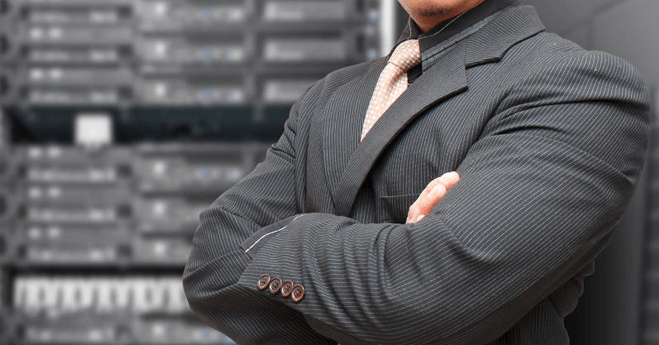
Continued growth is expected in the emerging DCIM (Data Center Infrastructure Management) market, which may reach about $1 billion in 2016. In 2013, the efficiency industry was driven by green technology such as energy management software and virtual audits. It is also noted that in past year, the energy efficiency market gained greater acceptance from large commercial customers, according to executives at Johnson Controls and Groom Energy. On the other hand, executives from Aircuity and FirstFuel shared that better data and reporting helped the market, while Conservation Service Group CEO Stephen Cowell said technology and market convergence were responsible for growth.
Sustainability Matters: Peet’s Coffee
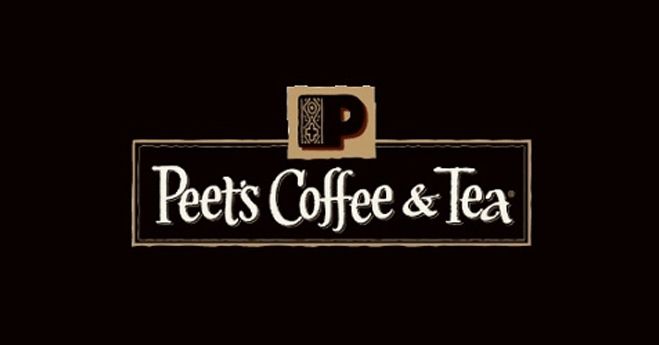
The following article is part of the ongoing Sustainability Matters series on the FirstCarbon Solutions (FCS) blog, which focuses on those who share a commitment to sustainability, the environment and our planet.
Sustainability Trends Impacting Firms Across Industries
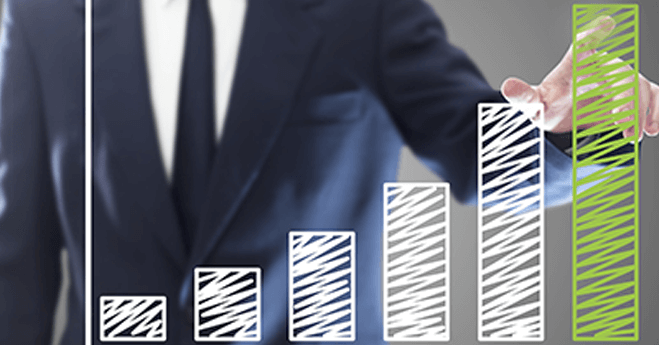
Climate Change Mitigation Makes Waves in the Corporate World
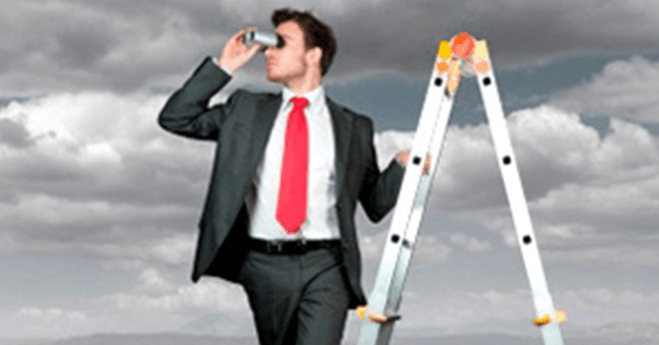
In the last decade, the impacts that climate change has brought upon us have become more and more compelling. With the increase of the Earth’s temperature, rising sea levels and melting polar ice caps, we can no longer deny the fact that the impacts and consequences of climate change is being felt all over the world. The recent United Nations Intergovernmental Panel on Climate Change (UN IPCC) supported these views and reported that the effects of climate change are due to worsen until the year 2050 if immediate action is not taken. The report also warned us that if we do not support climate change mitigation as soon as possible, then the constant burning of fossil fuels, deforestation and the increased growth of greenhouse gas (GHG) emissions will continue.
Nature: How Do You See Yourself?
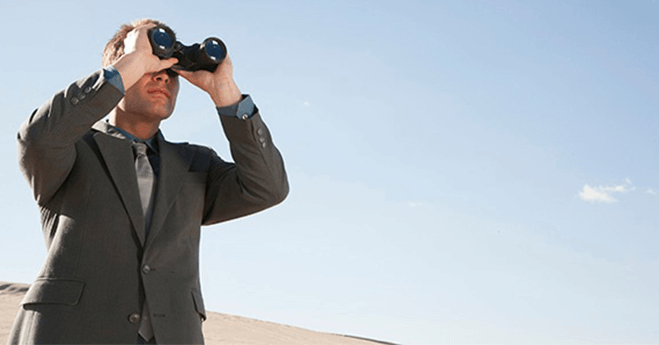
When you think about the environment, where do you see yourself? Are you an outsider looking at the concept of your surroundings as if you were watching a movie unfold in a theatre? Or are you part of that movie – moving, creating, influencing, and actively living within it as an inseparable part of your surroundings?
How the Retail Industry is Adapting to the Sustainability Agenda
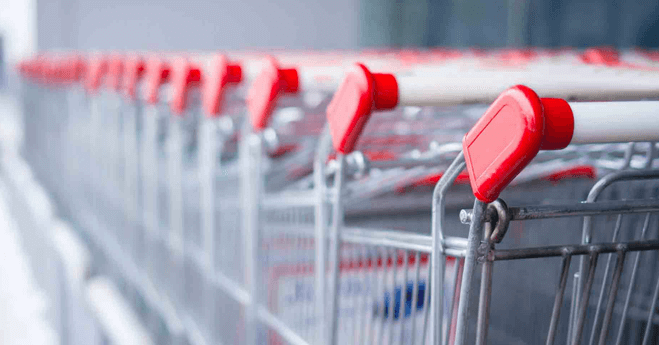
Sustainability in the retail industry has evolved in recent years. As consumers become more conscious of their environmental impact, companies are also starting to adapt to sustainability trends. A company that adapts sustainability practices shows that it exists not only to gain profit and drive revenue growth; but also that they recognize their responsibility to be accountable to the community and the environment.
Green Vehicles: Sustainability-On-Wheels
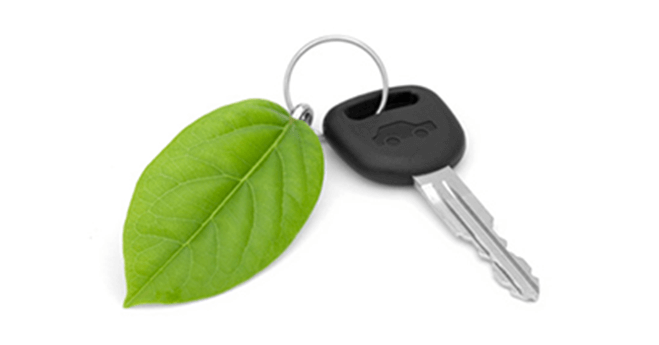
In this day and age of green technology, there is a wide range of selection for those of us who are considering the purchase or lease of a new eco-friendly vehicle. Compared to the last decade, a recent look at the new 2014 vehicle lineup reveals a larger selection of fuel-efficient, hybrid and electric vehicles. Electric cars have engines that run on electricity and do not require gasoline, while Hybrids use electricity for shorter distances but also have gasoline for long drives and high speeds. These eco-friendly cars come with many advantages to the consumers, such as: Fuel costs, energy security, tax benefits, less greenhouse gas emissions, faster commuting times and power efficiency.
Going Beyond Climate Change Adaptation through Environmental Risk Management
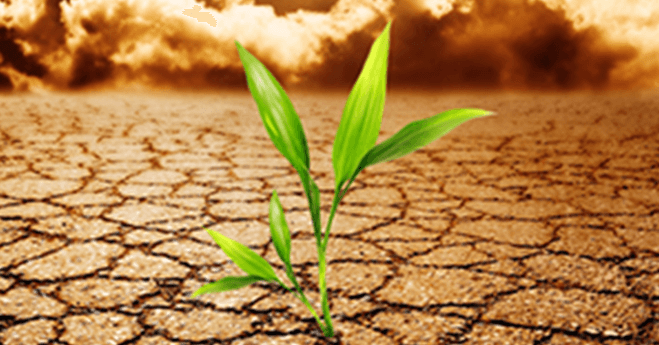
“We live in an era of man-made climate change”. This is what climate change consultant and co-chair of the United Nations Intergovernmental Panel on Climate Change (UN IPCC) Vicente Barros said in the report entitled Climate Change 2014: Impacts, Adaptation and Vulnerability. It is evident that the impacts brought about by climate change can be felt all over the world. The recent IPCC report discussed the repercussions of climate change as it affects people, economies and the Earth’s ecosystems.
SMEs Can Win Over Supply Chain Challenges

In recent years, we have seen how supply chains played an important role in many large corporations’ wider sustainability strategies. As these big businesses now thrive and reap the fruits of their sustainability efforts, small and medium sized enterprises (SMEs) are now at the receiving end of increasing supply chain pressures triggered by issues like resource depletion. The stakeholders of these SMEs also have a growing concern over corporate ethics and policies. Moreover, SMEs bear the brunt of external pressures from customers who now “demand” to know more about their business, products, services and even corporate social responsibility initiatives.
Sensitive Species Investigations: Do Burrowing Owls Actually Burrow?

Although the answer may seem obvious to biologists, ornithologists and avid bird watchers – based from my discussions among colleagues, friends, family and the general public – the answer may not be so obvious after all. It is a common misnomer to think that the common name of a species is indicative to their specific physical trait or behavior. However, the colloquial names of animals do not necessarily give their exact distinctive trait . One thing is clear though, burrowing owls definitely nest in burrows. But do they build these burrows themselves? Let’s find out more about the burrowing owl and their natural habitat.
The Global Environmental Puzzle: Piecing it Together

Imagine a jigsaw puzzle. Each piece of the puzzle is uniquely shaped, has its own place in the bigger picture and fits specifically according to the surrounding puzzle pieces it connects with. Often, it is easiest to complete this type of puzzle once a pattern has been found in the image, or the beginning of some type of connectivity between pieces is established.
Trade-Offs of Convenience
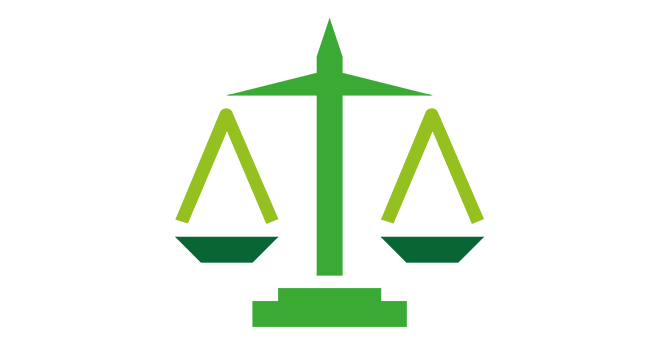
With the evolution of sustainable growth and an ever-growing conscience with regard to conserving our natural resources, there are several choices we make that affect our environment.
Managing Big Data to Achieve Environmental Sustainability
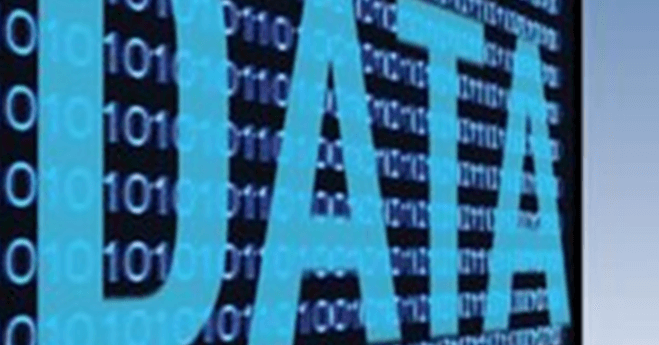
Today, everything can be recorded making the storage, analysis and manipulation of vast amounts of information far from straightforward. These mammoth data sets are known as Big Data.
CSR: Sustainability’s Foothold in Business
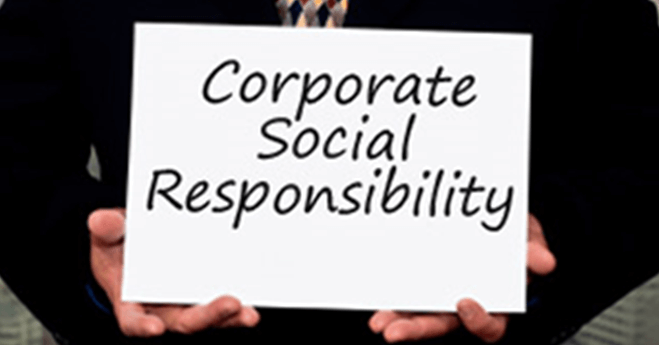
Businesses today are steadily realizing the positive impacts of integrating sustainability into their structure and practices. This has ultimately led some companies into undertaking Corporate Social Responsibility (CSR) initiatives, through focusing on sustainability concerns such as taking care of the environment, ensuring employee and consumer safety, and community engagement. As a relatively nascent practice among many companies, many businesses are still struggling to integrate CSR into their structure and operations. To help create more robust CSR initiatives and programs, companies would do well to remember the following:
Bush Encroachment, Wildlife, and Carbon Dioxide Increases

It is well-known that increasing levels of carbon dioxide have the ability to alter the functioning of many biologically sensitive communities. And while human organizations have the verbal capabilities to communicate how carbon dioxide is impacting their lives, it is important that we also take into account the well-being of those without such a voice and “listen” to the behavior of wildlife as they adapt to their changing ecosystems.
Super Bowl XLVIII Means Green
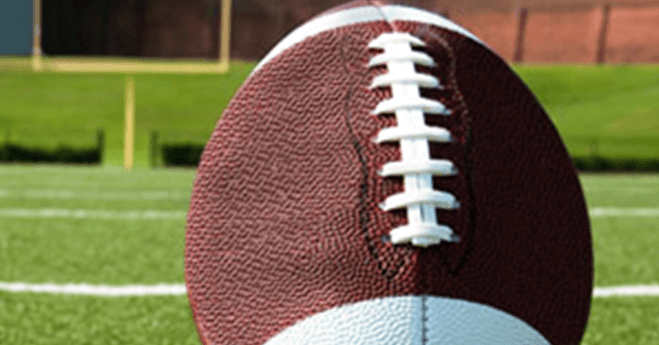
When you think of green in the context of the Super Bowl most people think green in the form of the money spent. After all, a 30 second advertising spot during the game is said to cost as much as $4 million this year. And if you want to go to the games, ticket prices are running around $4,000.00 each. And, if you are lucky enough to be going to the games, you had better plan on spending extra green on some warm clothes!
Protected Areas as Mirrors of Sustainable Development
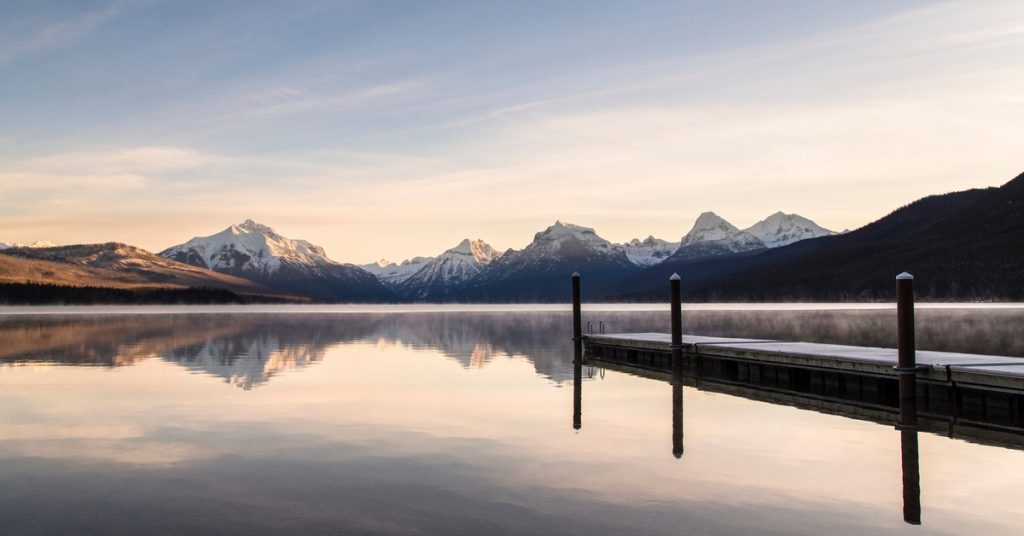
The integration of the needs of a pristine environment with the demands of modern society for land, water and energy are coming into conflict in an area where the beginnings of preservation ethic in this country began.
Sustainability Matters: A Self Cleaning, Spill-Proof Shirt
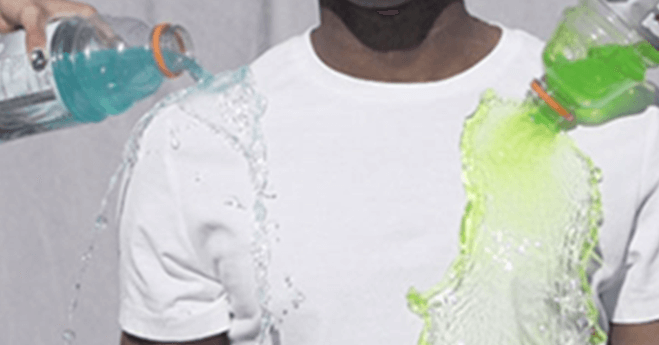
A quick review of the modern home will present an assortment of energy efficient features and fixtures designed to save energy, water, and other valuable resources.
Climate Change and Atmospheric Rivers

In the recent years of rising global temperatures, there has been an abrupt increase in precipitation. Thousands around the world have lost homes, property, or loved ones due to the substantial rainfall and massive floods brought on by the changing climate which is said to cause changes in atmospheric conditions, such as the proliferation of Atmospheric Rivers (ARs). “Across the United States in the five decades I’ve been alive, the number of extreme downpours a year has increased 30 percent. Across New England, it’s gone up 85 percent. Across Vermont, it’s literally doubled. The intensity of the largest rainstorm each year has grown by more than a fifth. And all of this is with one degree of temperature increase,” says author Bill McKibben in his latest book on the environment, entitled Oil and Honey.
Is Setting Up a Low Carbon Vision Possible?
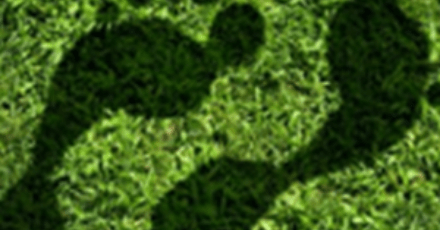
One of the greatest challenges that businesses face today is not brought on by a financial meltdown, high taxation or lack of public interest, but by climate change.
‘Tis the Season…To Start Hibernating!
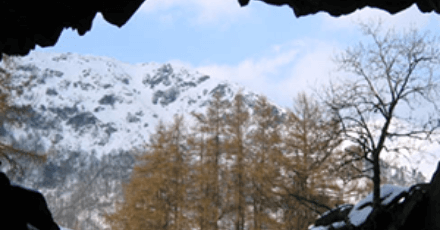
Did you know? Many animals hibernate through the winter to make the most out of scarce resources and survive the cold weather. While most people associate hibernating with bears, other small animals such as bats also hibernate through the winter months. Another misconception is that hibernating animals sleep solidly throughout their entire hibernation period. In some bat species, particularly in temperate-zone bats, hibernation occurs in cycles with periods of rest and periods of consciousness. This blog post will shed light onto the hidden world of the hibernating bats — how they survive even with very limited resources and how they endure the cold weather.
Going Beyond Sourcing Through Stewardship

It has been said countless times that water is the universal source of life. Survival experts say that a man can survive for three weeks without food – without water, the window eclipses in just three days. Even NASA’s discovery of water in Martian soil made news, sparking discussions whether the Red Planet once harboured life. Without this colourless, odourless liquid, all life will perish and cease to exist, even those as inorganic as corporations and conglomerates. Today, businesses are witnessing the effects of water-related risks unfold right in front of their eyes.
LED Lights: A New Way to Sustainably Brighten the Holiday Season

In the past, holiday lights were incandescent bulbs encased in painted glass. They were large, fragile, and their colors would fade with age. Luckily, today there is a safer and more efficient lighting option to brighten your holidays — LED lights. LED lights are quickly replacing incandescent bulbs due to the numerous benefits they offer consumers with regard to electricity usage, durability, safety, versatility, and environmental footprint. Now you can decorate for the holidays using sustainable, energy-efficient LED lighting.
Rising to the Challenge of Calculating Scope 3 Emissions

The world is heating up, and according to a UN climate change report, it is “likely” that human activity accounts for at least half of the global warming that has been observed since the 1950s. Industrial development catalyzes economic and social changes around the globe, creating environmental consequences. With smokestacks, large machinery, and extensive sourcing of supplies and transportation of products, global greenhouse gas (GHG) levels rise, trapping more heat in our atmosphere, causing global warming and climate change. Mankind is being exposed to the risks brought on by the effects of climate change, such as rising sea levels and global temperatures.
Sustainability Matters: Sustainability, Love, and Rock ‘N’ Roll

The following article is part of the ongoing Sustainability Matters series on the FirstCarbon Solutions (FCS) blog, which focuses on those who share a commitment to sustainability, the environment and our planet. The series concentrates on companies and organizations that conduct routine, everyday business in an exceptional, sustainable manner, as well as those offering unique products and services in a sustainable fashion. FCS hopes that the Sustainability Matters series can open eyes to those striving to make a difference. Click here to find previous articles from the Sustainability Matters series.
CSR Equals Increased Brand Value
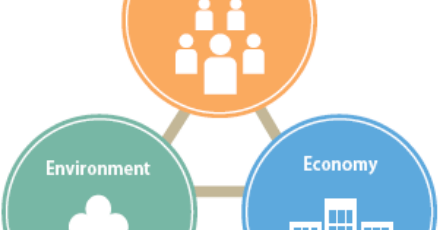
According to the 2013 Cone Communications/Echo Global CSR Study, there is a clear indication that consumers place a great deal of their decisions based on a company’s Corporate Social Responsibility (CSR initiatives).
How to Balance Corporate Sustainability and Financial Stability
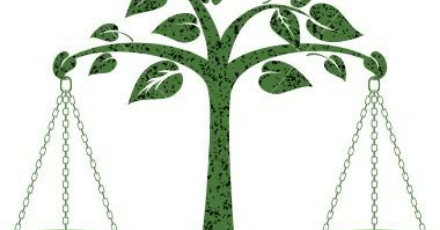
In this age where corporate sustainability has been moving to the core of the business realm andseveral macro trends shift the nature of global economic activity, organizations and managers must recognize the need to include sustainability and environmental engagement (disclosure for instance) in their decision-making process.
FCS Opens Office in Kenya & Attends GSSD Expo

A sustainable future depends on the long-term conservation of our natural environment. To continue to address environmental sustainability issues on a global scale, FirstCarbon Solutions (FCS) has opened a new office in Nairobi, Kenya. The new African headquarters will allow FCS to offer solutions and services to organizations throughout the continent that want to run their business more efficiently, profitably and sustainably.
Plastic Bags: To Ban or Not to Ban?
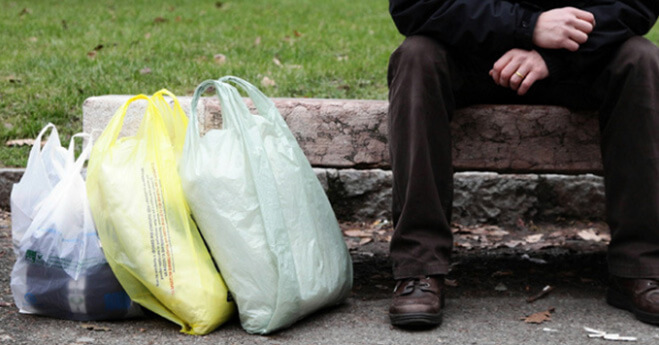
The move to ban the use of plastic bags has long been debated by environmentally-concerned citizens, governments, and plastics manufacturers, especially in the US. The environmental impacts of plastic bags cannot simply be discounted. According to the US National Park Service, it can take anywhere from ten to twenty years for plastic bags to break down in the environment. In the decade or two that it takes for plastic to break down, they take up space in already-crowded landfills, pollute waterways, and pose threats to local wildlife. Some companies that specialize in selling re-usable, environmental-friendly bags such as The Enviro-Pros and EnviroSax, claim that 380 billion plastic bags are used in the United States every year, with an estimated 12 million barrels of oil drilled to make them. What’s more is that only 1 to 2% of plastic bags are actually being recycled according to the Clean Air Council.
How a Growing Asia Can Become a “Greener” Asia
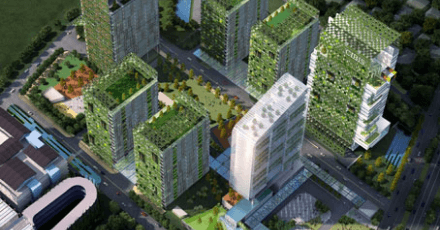
Over the past two decades, Asia has become a “source of strength” for the global economy; with many Asian countries growing at an unstoppable accelerated pace, driven by and benefiting businesses from every sector in the region.